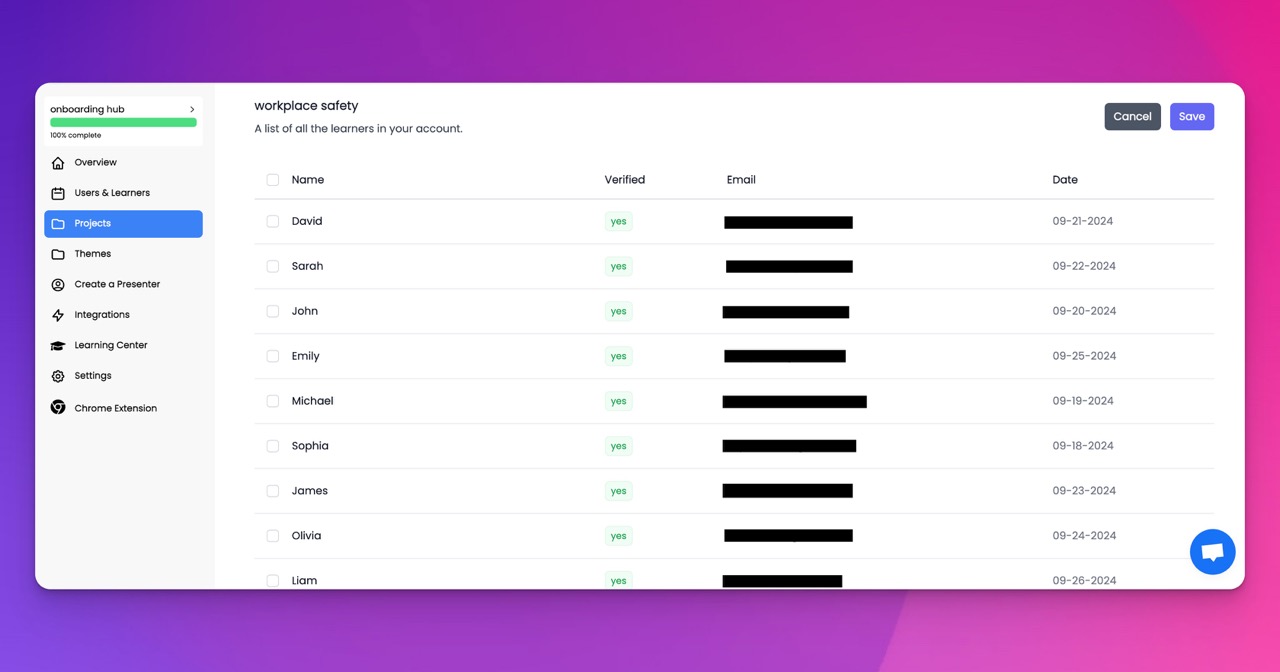🎉 Trainday now integrates with Zendesk and Hubspot 🎉 Trainday now integrates with Zendesk and Hubspot 🎉 Trainday now integrates with Zendesk and Hubspot
🎉 Trainday now integrates with Zendesk and Hubspot
🎉 Trainday now integrates with Zendesk and Hubspot
Contact
Card Reader
In today's digital age, the use of cards has become increasingly common. From credit and debit cards to identification and access cards, these small plastic pieces have become a crucial part of our daily lives. However, with the increasing use of cards, the need for a card reader has become equally important.
A card reader is an electronic device that reads information from a card's magnetic stripe or chip. It is used to verify the authenticity of a card and to access or transfer data stored on it. There are various types of card readers available in the market, including magnetic stripe readers, smart card readers, and RFID readers.
Magnetic stripe readers are the most commonly used card readers. They read the information stored on the magnetic stripe of a card when it is swiped through the reader. These readers are widely used in credit and debit card transactions and for access control systems.
Smart card readers, on the other hand, are used for cards that have a chip embedded in them. These readers use contact points to access the data stored on the chip. Smart card readers are commonly used in banking, government, and healthcare industries.
RFID readers are used for cards that have a radio frequency identification (RFID) chip embedded in them. These readers use radio waves to access the data stored on the chip. RFID readers are commonly used in access control systems and inventory management.
Card readers have become an essential part of our daily lives, from accessing our bank accounts to entering our workplaces. They provide convenience, security, and reliability. With the increasing use of cards in our daily lives, the use of card readers will only continue to grow.
In conclusion, card readers have become an indispensable part of our daily lives. They play a crucial role in verifying the authenticity of cards and accessing the data stored on them. With the increasing use of cards, the use of card readers will only continue to grow, making our lives
Accelerate Compliance.
Deliver OSHA-Ready Courses Instantly.
Empower your team with data-driven training solutions tailored to your industry's safety standards. Stay compliant, reduce risks, and boost productivity with AI-powered course creation.
